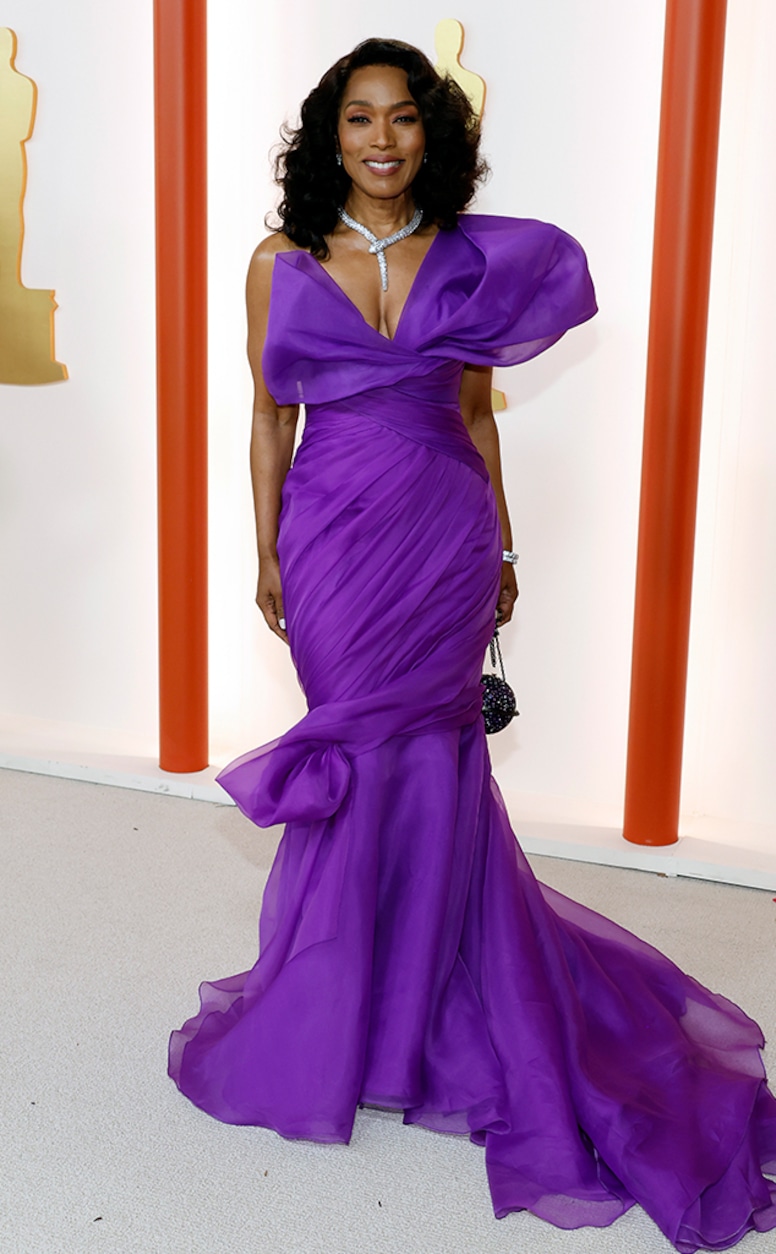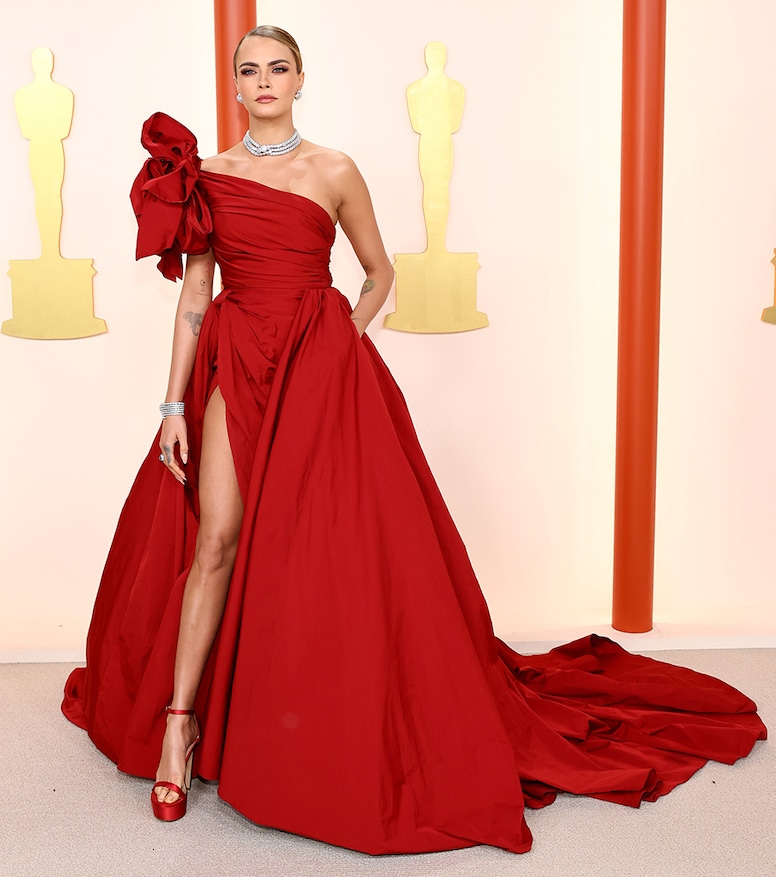Oscar Dresses 2023: The Top Trends That Stole the Spotlight
The 95th Academy Awards ceremony was not merely a celebration of cinematic achievement but a definitive fashion moment, where the red carpet transformed into a runway of sartorial statements. This analysis delves into the most compelling trends that defined the evening, moving beyond subjective praise to examine the cultural, historical, and design principles that made these Oscar dresses 2023 so impactful. We will explore how designers and celebrities collaborated to create looks that resonated with contemporary themes of glamour, power, and individuality, setting a new benchmark for red-carpet elegance.
The Resurgence of Architectural Volume and Sculptural Silhouettes
One of the most dominant and talked-about trends of the night was the move away from fluid, body-hugging gowns towards bold, architectural shapes that commanded space. This was not a mere aesthetic choice but a deliberate statement about presence and power. From a design perspective, creating such volume requires expert engineering; fabrics like duchesse satin, heavy silk gazar, and structured tulle are selected for their ability to hold shape. The construction involves complex internal infrastructure—often a combination of boning, layered underskirts, and specialized padding—to achieve a silhouette that appears effortlessly grandiose. This trend finds its roots in mid-20th-century haute couture, particularly the work of designers like Cristóbal Balenciaga, who pioneered sculptural forms that prioritized the integrity of the garment’s shape over the precise contours of the body. As fashion historian Dr. Valerie Steele noted in a lecture for The Museum at FIT, “Architectural fashion challenges the conventional relationship between clothing and the body, creating a new, more monumental form.” This philosophical approach was evident on the 2023 red carpet, where stars used their attire to project an image of unshakeable confidence and artistic statement, making these Oscar dresses 2023 true pieces of wearable art. The trend signifies a shift in red-carpet messaging, where the narrative is less about revealing the body and more about constructing an persona of formidable elegance.

Case Study: Angela Bassett’s Royal Purple Gown
Angela Bassett’s choice of a majestic, voluminous purple gown by Pamella Roland served as a masterclass in this architectural trend. The color itself, historically associated with royalty and spirituality, immediately conveyed a sense of dignity and importance, perfectly aligning with her nominated role and her own regal public persona. The gown’s sculpted off-the-shoulder neckline and expansive skirt created a powerful silhouette that was both classic and contemporary. The choice can be interpreted through the lens of color psychology, a field studied by institutions like the Pantone Color Institute, which identifies purple as a color that evokes creativity, wisdom, and ambition. Furthermore, the dramatic volume acted as a non-verbal amplification of her presence, a concept supported by research into non-verbal communication. As social psychologist Amy Cuddy discusses in her book “Presence,” expanding one’s physical posture can actually cultivate a greater sense of personal power and confidence. Bassett’s gown was not just a dress; it was an extension of her acclaimed performance and a powerful statement of her stature within the industry, a standout among the memorable Oscar dresses 2023.

Nostalgic Glamour and Modernized Vintage References
In a fascinating counterpoint to the architectural trend, another significant movement on the red carpet was a deep dive into the annals of fashion history, with stars channeling the glamour of Hollywood’s golden age through a distinctly modern lens. This trend goes beyond simple “retro” inspiration; it involves a meticulous process of referencing specific eras—be it the sleek 1930s, the opulent 1950s, or the free-spirited 1970s—and updating them with contemporary fabrics, cuts, and styling to avoid costume-like replication. The appeal of nostalgic glamour is deeply rooted in collective memory and the enduring cultural power of classic cinema. Films from these eras, accessible through platforms like the Criterion Channel, have cemented certain silhouettes—the bias-cut slip dress, the structured ballgown, the sophisticated halter neck—as timeless symbols of elegance. As film scholar David Bordwell argues, the visual language of classic Hollywood continues to influence modern aesthetics because it represents a perfected, idealized form of storytelling and stardom. By adopting these references, celebrities connect themselves to a legacy of glamour, borrowing the authority and romance associated with icons like Grace Kelly or Audrey Hepburn. However, the key to its success in 2023 was the modernization; the looks felt referential, not replicative, allowing the wearer to honor the past while firmly establishing their own identity in the present. This delicate balance made these vintage-inspired Oscar dresses 2023 particularly sophisticated.
Case Study: Cara Delevingne’s Bold Red Halter
Cara Delevingne’s striking red halterneck gown by Elie Saab was a brilliant execution of this trend. The halter neckline is a design element with a rich history, famously popularized in the 1930s and later iconicized by figures like Marilyn Monroe. Its enduring appeal lies in its ability to elegantly frame the décolletage and shoulders while providing structural support. Delevingne’s version, however, was unmistakably modern. The vibrant, almost liquid-red fabric and the sleek, columnar silhouette devoid of excessive embellishment brought a contemporary minimalism to the classic shape. This approach aligns with the philosophy of many modern designers who, as explained in publications like Vogue Business, are increasingly looking to archives not for direct copies but for “codes” or key elements that can be reinterpreted. The result was a look that felt both timeless and of-the-moment. It demonstrated a deep understanding of fashion history while asserting a confident, current sensibility. The styling, with its simplicity, ensured the focus remained on the powerful lines and color of the garment itself, proving that nostalgic glamour, when expertly filtered through a modern perspective, can create one of the most powerful statements on the red carpet.

Embracing High-Impact Embellishment and Tactile Texture
For those who opted for simpler silhouettes, the point of differentiation and drama came from an intense focus on texture and surface embellishment. This trend saw a celebration of craftsmanship, with gowns featuring intricate beading, shimmering sequins, three-dimensional floral appliqués, and luxurious fabric manipulations like ruffles and pleating. From a technical standpoint, the application of such embellishments is an incredibly labor-intensive process, often requiring hundreds of hours of handiwork by skilled artisans. This aligns with a growing appreciation for “slow fashion” and the value of artisanal skill, a sentiment frequently discussed on platforms like The Business of Fashion. The psychological impact of texture should not be underestimated. According to principles of sensory design, which are taught in programs at institutions like the Rhode Island School of Design, tactile surfaces engage the viewer on a deeper level, creating visual interest and a sense of luxury and exclusivity. A dress that sparkles under the lights or features intricate textural details captures attention through movement and reflection, creating a dynamic visual experience that a flat fabric cannot. This trend allowed celebrities to wear pieces that were essentially works of wearable art, showcasing the pinnacle of fashion craftsmanship. It was a testament to the idea that luxury in the modern era is defined not just by a label, but by the evident skill, time, and creativity invested in a garment, a defining feature of many Oscar dresses 2023.
Case Study: Margot Robbie’s Crystal-Adorned Shift
Margot Robbie’s decision to wear a black Chanel shift dress from the brand’s SS93 couture collection was a masterstroke that perfectly encapsulated the power of minimalist silhouette paired with maximalist embellishment. The dress itself, a simple, knee-length shift, is a foundational silhouette in fashion history. However, it was transformed into something extraordinary through its complete coverage in sparkling black sequins and crystals. This created a mesmerizing effect, where the dress glimmered with every movement, catching the light in a thousand different points. The choice was intellectually interesting because it referenced the Chanel archive, demonstrating a fashion-literate choice that respected the house’s history. As Chanel herself famously stated,
“Fashion is architecture: it is a matter of proportions.”
Robbie’s look played with this very idea, using the “architecture” of a simple shape as the perfect canvas for a breathtaking textural experience. It was a look that was simultaneously understated and dazzling, proving that impact does not always require volume. It spoke to a confident, modern elegance that values heritage and craftsmanship, making it one of the most discussed and admired ensembles of the night and a quintessential example of the 2023 Oscar style narrative.
:max_bytes(150000):strip_icc():focal(516x107:518x109)/margot-robbie-oscars-031323-62115a62ef7d44d29b1e999f642a798f.jpg)
The red carpet at the 95th Academy Awards ultimately served as a vibrant dialogue between past and present, structure and fluidity, minimalism and maximalism. The top trends—architectural volume, nostalgic modernism, and tactile embellishment—collectively demonstrated that fashion at this level is a sophisticated language of personal and artistic expression. These Oscar dresses 2023 were more than just beautiful garments; they were carefully considered statements that reflected the evolving roles, confidence, and artistry of the women who wore them, setting a compelling new direction for red-carpet style.






